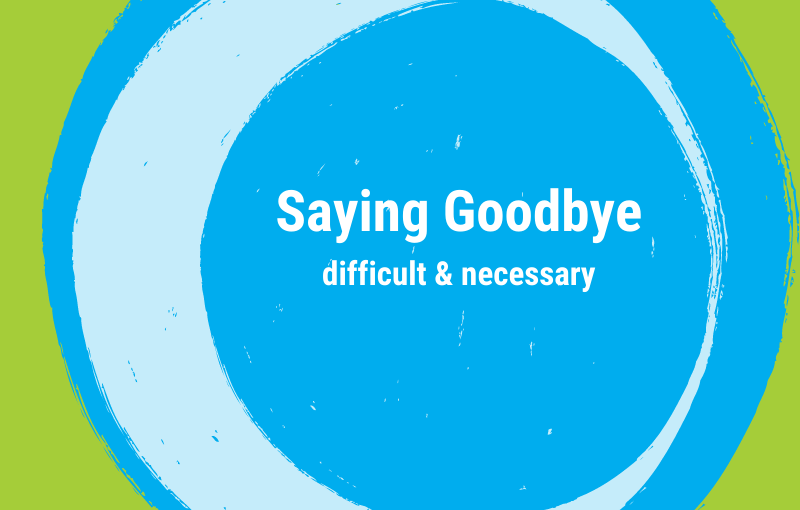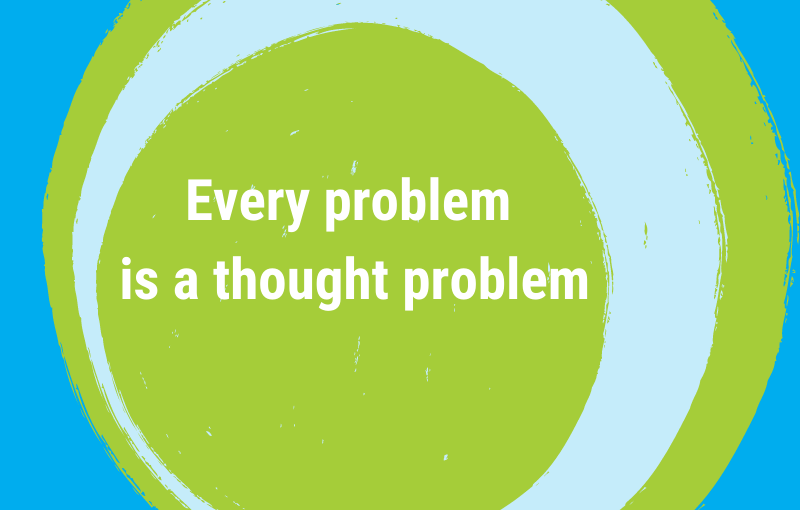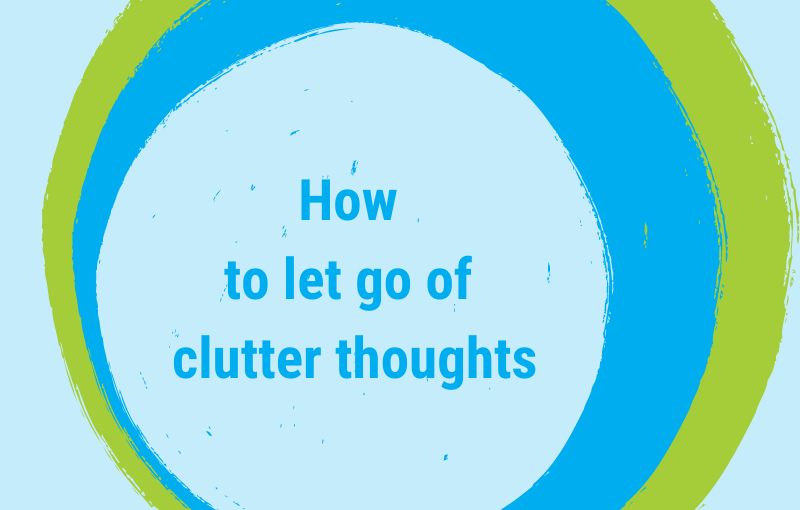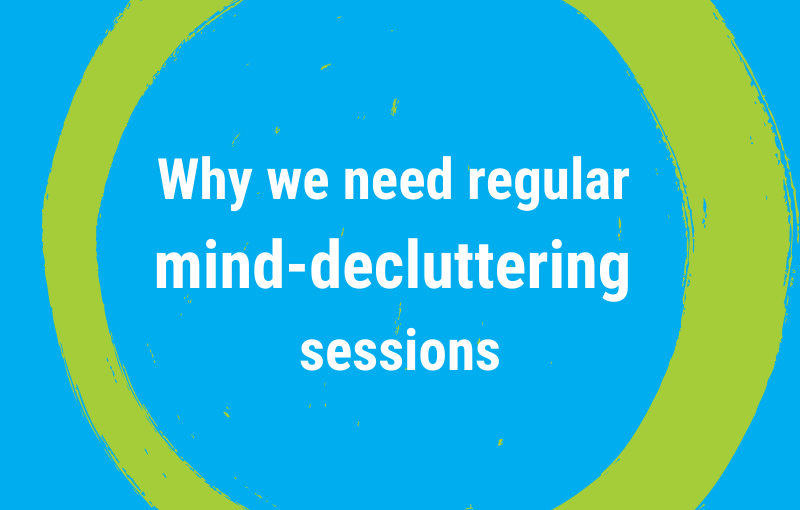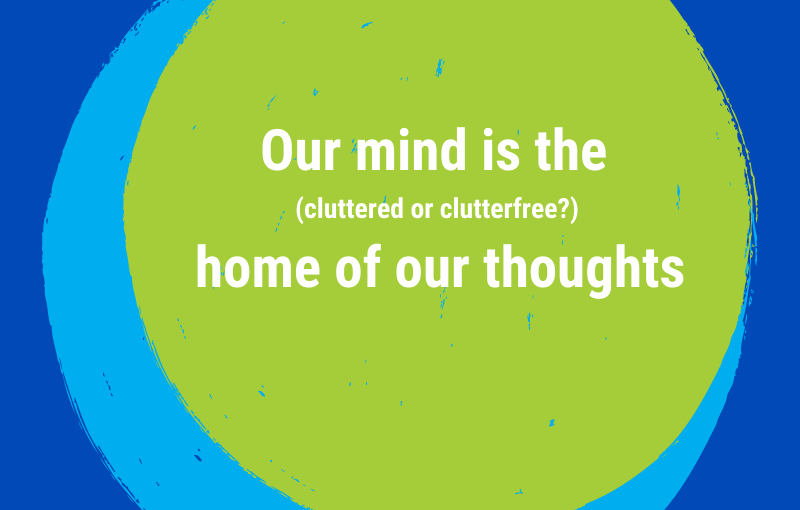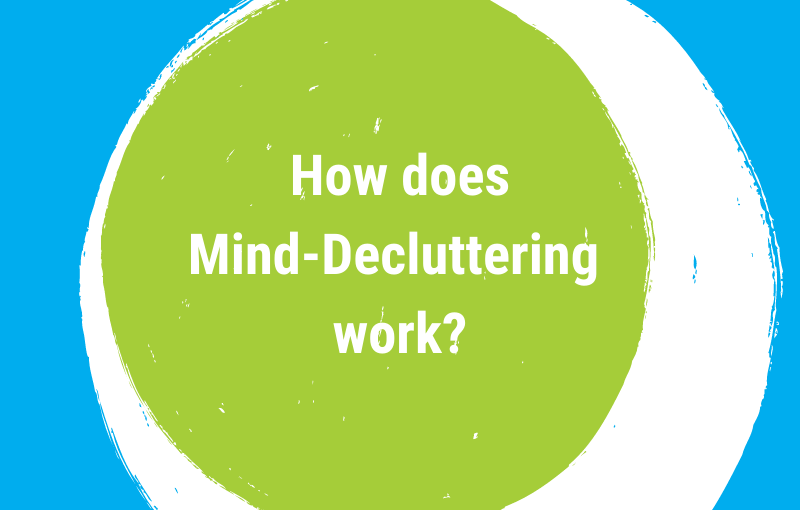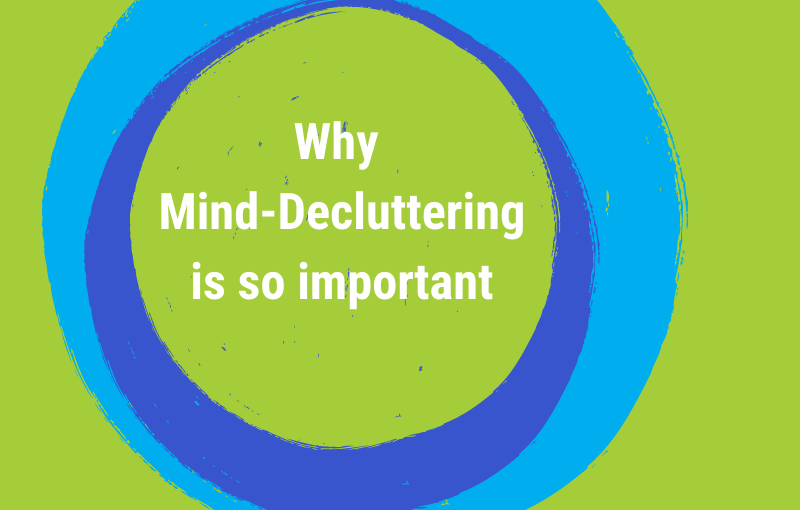Making changes and achieving goals requires commitment and determination.
When we make the decision to change something, when we set a goal, we usually feel excited and determined to do whatever we have to do to make the change happen, to achieve the goal.
However, doing the work isn’t so much fun in many cases.
Decluttering our home, for example, can be hard work.
We have to be willing to invest time, effort and energy, we might feel uncomfortable and anxious about how to get the job done.
Often, our excitement about the desired change shrinks and our motivation to do the first step decreases rapidly.
So how can we keep ourselves going when we feel like giving up and quitting the work even before it has started?
We can strengthen our determination and commitment by taking responsibility for our future self and learning from our past self.
How our future self and our past self can support our present self
The idea of a future, past and present self (Source: Brooke Castillo) is a construct, it’s all made up.
However, the imagination of our three selves can help us get started and keep going whenever life gets hard and we feel like hiding or running away.
Our present self is creating our future.
Our future self will be the result of our current thoughts, feelings and actions. It completely depends on the decisions our present self makes today.
Thinking about our future self and loving it as much as we love our present self can change how we are showing up and following through on our plans today, in the present.
We can gain energy, inspiration and motivation from asking questions like these:
-
- How will our future self feel about ourselves if we now remain committed and do the work (e.g. get the clutter out)?
- How grateful will it be to our present self for pushing away any self-doubt and thoughts of giving up?
- How proud will our future self be about the achievements of our present self?
Our past self has created our present.
Our current self – the person we are today – is the result of the thoughts, feelings and actions that our past self created.
Our past ambitions and our goals and our willingness to realise them, no matter how hard the work was, have brought us to the point where we are now.
We can deliberately appreciate what our past self has done for our present self.
We can decide to learn from our past self and copy the methods and tools it used successfully to move forward.
We can gain advice and insights by asking questions like these:
-
- How did our past self get started with difficult projects (e.g., projects similar to our decluttering job)?
- How did our past self overcome self-doubt and procrastination in similar situations?
- What useful tips and tricks has our past self to offer to make our present self’s life and work easier?
Conversations with our past self and with our future self can be very helpful. And they can be real fun!
LITTLE FUN EXERCISE
Give it a try!
Start playing around with your three selves:
Imagine your three selves are sitting at a table.
-
- First you ask your present self to choose and describe the problem it wants to solve.
This could be, for example: A project you postponed again and again. A bad habit you want to get rid of. A challenging goal you want to achieve. An upcoming conversation you are afraid of. …
-
- Now ask your future and your past selves for support.
Ask them the questions listed above. And anything else that comes up to your mind. Write down their answers and recommendations.
-
- Then tell your present self to get started with what has to be done.
-
- Monitor its progress. Evaluate and make changes to your activities/actions if necessary.
Don’t forget to celebrate your success.
And invite your three selves to the party. 😃😃😃


